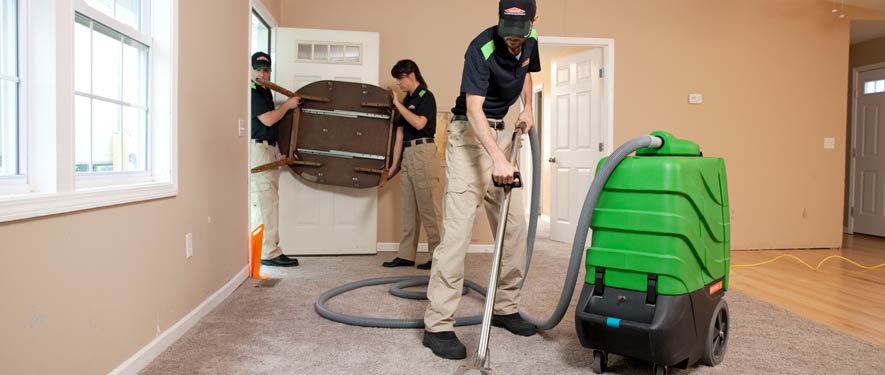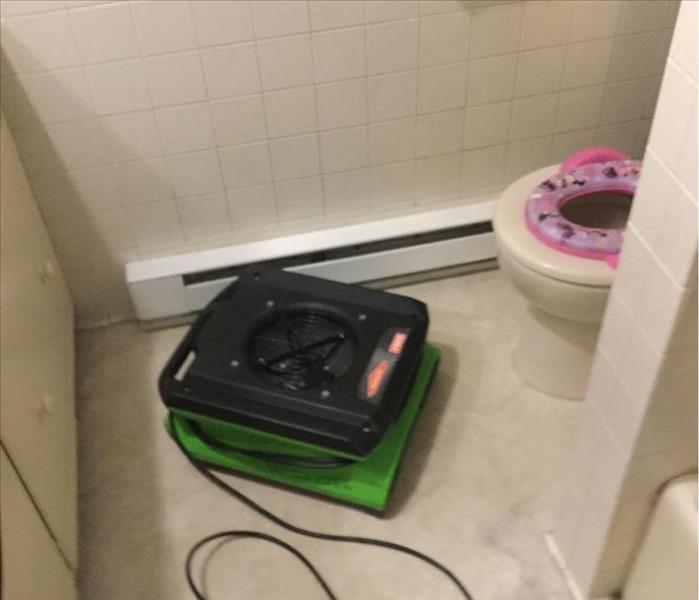
Step 3: Water Removal / Water Extraction
After our inspection and water damage assessment, SERVPRO of Manchester/Mansfield will start the water removal and extraction process. During this step we remove the majority of the water from your home, business, or property. With powerful pumps and truck-mounted vacuum units, our crew can quickly remove hundreds or thousands of gallons of water. This step requires thoroughness and patience to assure we remove as much water as we can. A major mistake some people make is thinking this is the end of the process. As one of our blog posts explains, removing the water isn’t enough. Professional thorough water removal sets the stage for success with the next step, drying.
Move-Out / Pack-Out
If your home requires extensive restoration or cleaning, SERVPRO of Manchester / Mansfield can conduct an organized, efficient move-out to protect your belongings from further damage.
- Move-Out Service
Emergency Water Removal
Our highly trained technicians will begin the water removal process almost immediately. Depending on the amount of water, we may use powerful submersible pumps in addition to industrial strength, wet/dry vacuums. Removing most of the water helps reduce drying time and helps prevent secondary water damage and mold and bacterial growth.
- Remove Excess Water
- Use Submersible Pumps and Industrial Wet/Dry Vacuums
Inspect the Carpet Pad and Carpet
We inspect the carpet and pad and determine if they should be removed to protect the subfloor.
- Inspect Carpet Pad and Remove If Needed
- Inspect Carpet and Remove If Needed
Water Removal Equipment
- Moisture detectors, hygrometers, and other meters measure the extent of moisture saturation.
- Infrared cameras may be used to find “hidden” water behind walls and ceilings.
- Submersible and gas-powered pumps are used for continuous pumping of high-level water.
- Truck-mounted and portable extraction units perform efficient water removal.






 24/7 Emergency Service
24/7 Emergency Service


